The Impact of Legislative Changes on Workplace Safety
Legislative changes related to health and safety can have a significant impact on workplace safety. Staying up-to-date with these changes is crucial for businesses to ensure compliance, protect their employees, and maintain a safe working environment. In this article, we will discuss the impact of legislative changes on workplace safety and provide guidance on how organizations can adapt to new regulations. You can also keep of top of workplace safety with the IOSH Working Safely course.
The Importance of Keeping Up with Legislative Changes
Legislative changes can have far-reaching implications for workplace safety, including:
- Compliance: Organizations must stay informed about new regulations to ensure they are in compliance and avoid fines, penalties, or legal action.
- Employee safety: Changes in legislation often aim to improve employee safety, so implementing these changes can help protect workers from injuries and illnesses.
- Reputation: Demonstrating a commitment to staying current with health and safety regulations can enhance an organization’s reputation among clients, employees, and regulatory bodies.
Identifying and Adapting to Legislative Change
To stay current with legislative changes, organizations should:
- Monitor relevant sources: Regularly check official websites and subscribe to newsletters from relevant regulatory bodies to receive updates on new legislation.
- Engage with industry associations: Participate in industry associations, which can provide valuable resources and insights into regulatory changes and their implications.
- Develop a legislative change management process: Establish a process to review, assess, and implement legislative changes within the organization. This process should include a cross-functional team of stakeholders responsible for identifying, analysing, and responding to new regulations.
- Train employees: Ensure that employees are aware of new regulations and how they impact their work. Provide training as needed to ensure understanding and compliance with new requirements.
- Update policies and procedures: Review and update organizational policies and procedures to align with new regulations. Ensure that these documents are easily accessible to employees and are regularly reviewed for compliance.
- Conduct regular audits: Perform internal and external audits to assess the organization’s compliance with relevant legislation and identify areas for improvement.
Keeping up to date with legislative changes
Staying current with legislative changes is essential for maintaining a safe work environment and ensuring compliance with health and safety regulations. By monitoring updates, engaging with industry associations, and implementing a change management process, organizations can effectively adapt to new regulations and protect their employees, reputation, and financial stability.

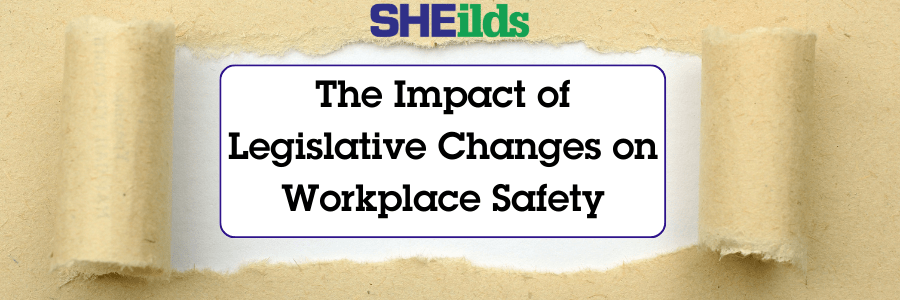

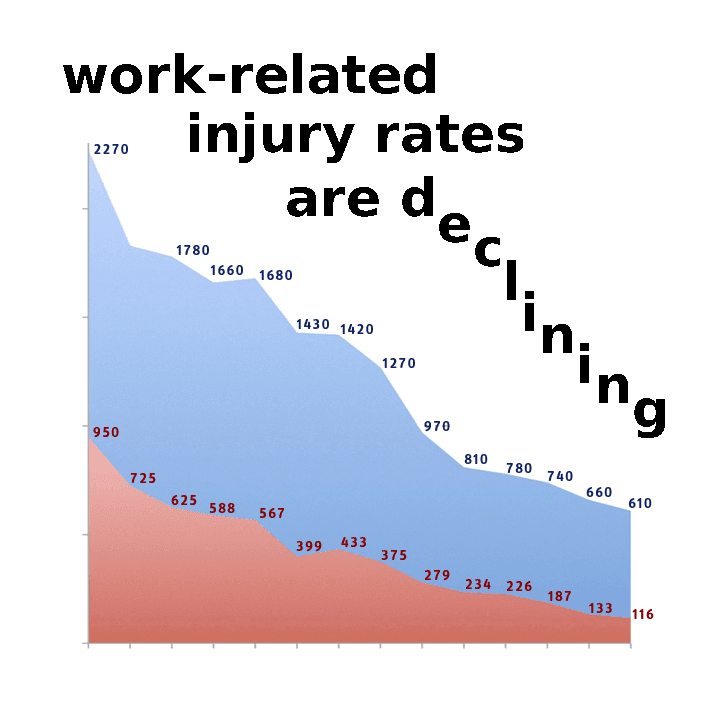
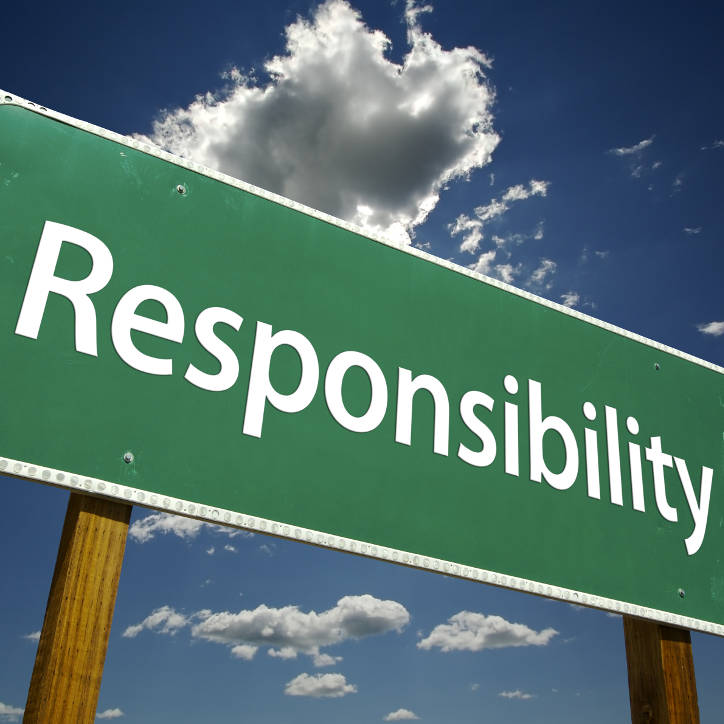
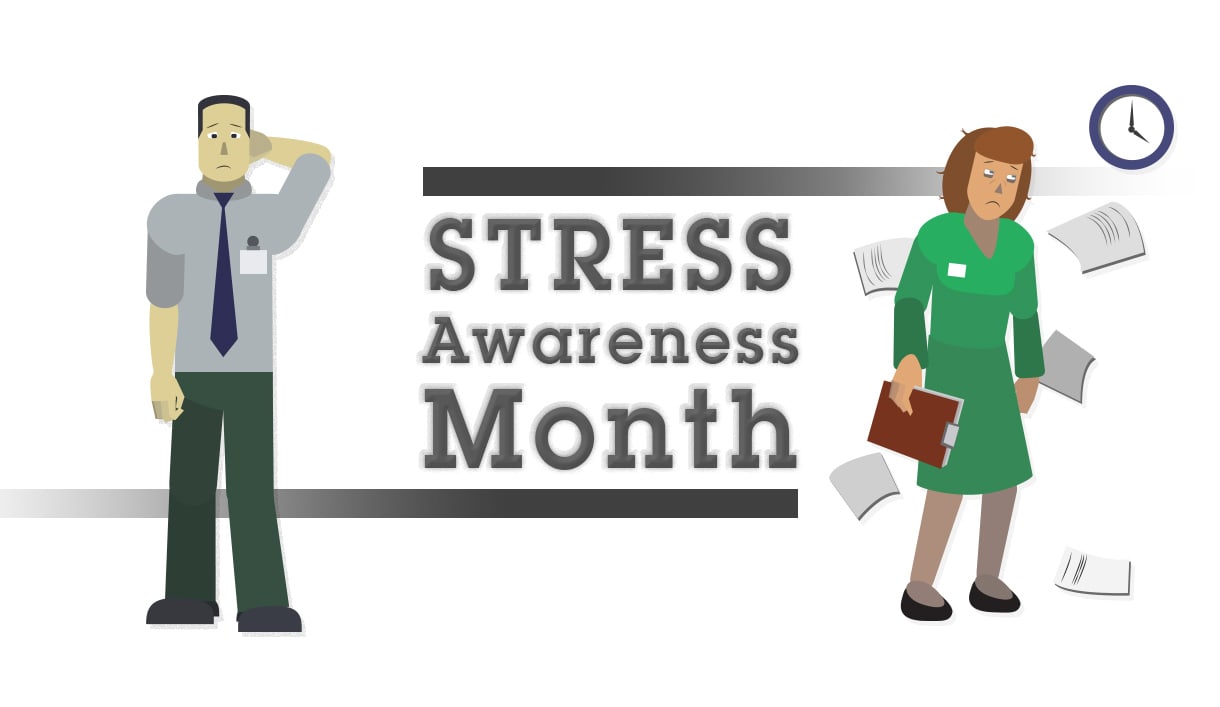
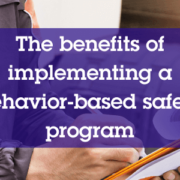

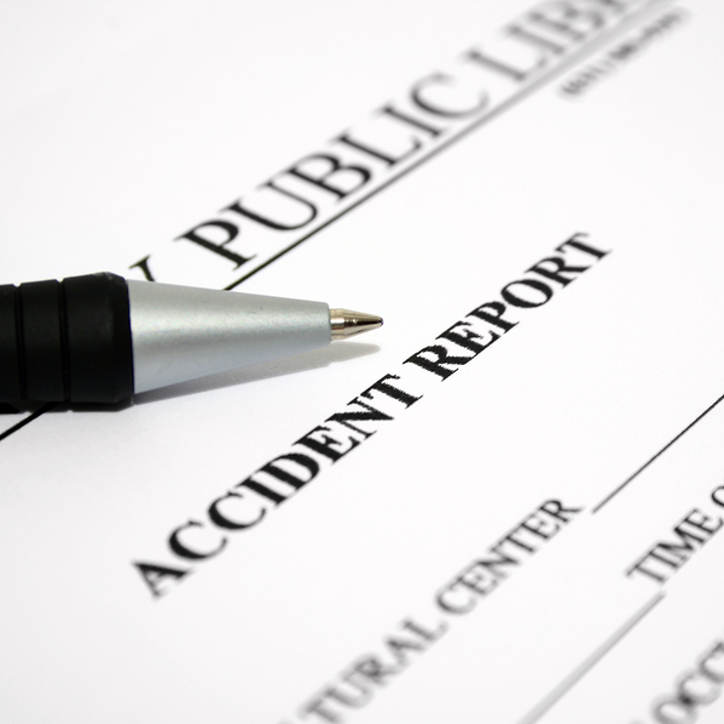


Leave a Reply
Want to join the discussion?Feel free to contribute!